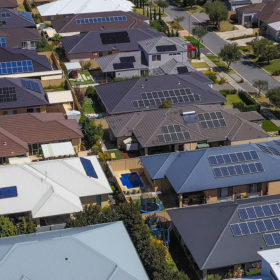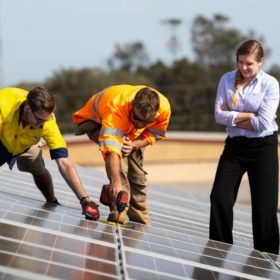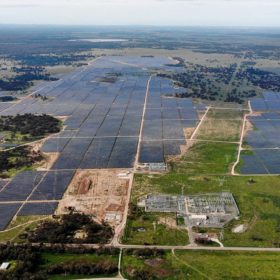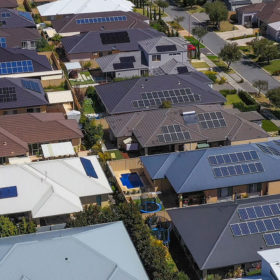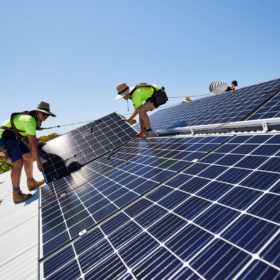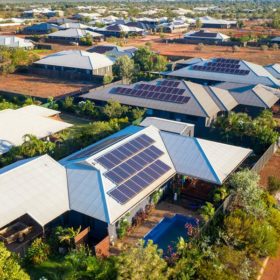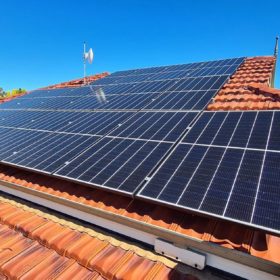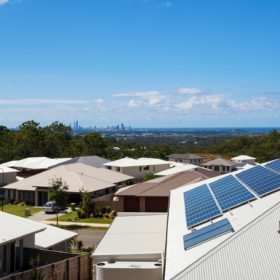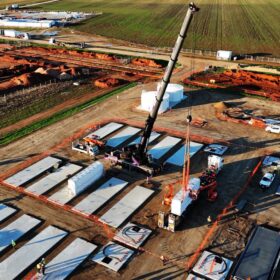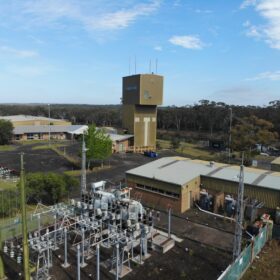Regulator investigating potential $1.7 million solar panel fraud
A Western Australian solar PV company is being investigated by the Clean Energy Regulator amid concerns it falsified information relating to more than 500 solar panel installations that created about $1.7 million in Small-scale Technology Certificates.
Analysis shows solar leads way in employment stakes
New figures reveal Australia’s clean energy transition can be transformative for the nation’s regional communities, not only providing low-cost renewable energy but also generating long-term employment opportunities.
CEC report reveals record year for renewables but new investment slows
Australia’s clean energy industry continued its record-breaking run in 2021 with the wind, solar PV and energy storage sectors steering renewables to an unprecedented 32.5% share of the electricity market but the Clean Energy Council has warned of clouds on the horizon with investment commitments in new large-scale projects slowing.
Australia leads world as solar sets global generation record
A new report published by U.K.-based energy think tank Ember shows that solar PV was the world’s fastest rising source of electricity generation in 2021 and Australia leads the world in its uptake with solar generating 12% of the nation’s electricity last year.
Market influences tipped to end rooftop solar’s record run
Australia has one of the highest per-capita rooftop solar PV installation rates in the world with more than 16GW installed across more than 3 million households but the head of Australian research at U.S.-based analyst Bloomberg New Energy Finance has forecast a drop off in new installations in 2022.
Broome community batteries to unlock 1.4MW of solar hosting capacity
The rollout of rooftop solar in the remote coastal town of Broome in northern Western Australia is set to get a boost with state-owned regional energy provider Horizon Power installing two centralised community batteries that are expected to unlock more than 1,400kW of solar PV hosting capacity.
Rooftop solar shines as renewable energy share jumps to 35%
Australia has set renewable energy records for the fifth consecutive year with new data showing clean energy accounted for nearly one-third of the electricity produced in the National Electricity Market in 2021, with the continuing roll out of rooftop solar PV spearheading the switch away from traditional fossil-fuel generation.
Infinite Energy pulls plug on rooftop solar and battery business
One of Australia’s largest residential and commercial solar PV retailers and installers has announced it will exit the market, declaring low margins and once-in-a-generation disruptions to the supply chain brought on by the Covid-19 pandemic have taken a toll.
WA rolls out new rules to manage booming rooftop solar sector
Western Australia will today introduce new curtailment rules which will allow for all new and upgraded solar PV and battery energy storage installations with an inverter capacity of 5 kW or less to be remotely turned down or switched off in emergency situations.
Latent heat thermal storage with PV for nearly zero-energy buildings
Researchers in Italy are combining PV with latent heat thermal storage (LHTM) and other renewable energy sources to maximize clean energy consumption in buildings. The 47kW PV array and LHTM system work independently, but the scientists said that a heat pump could be used to link them.
